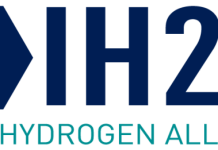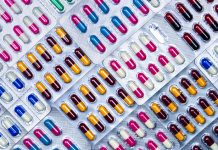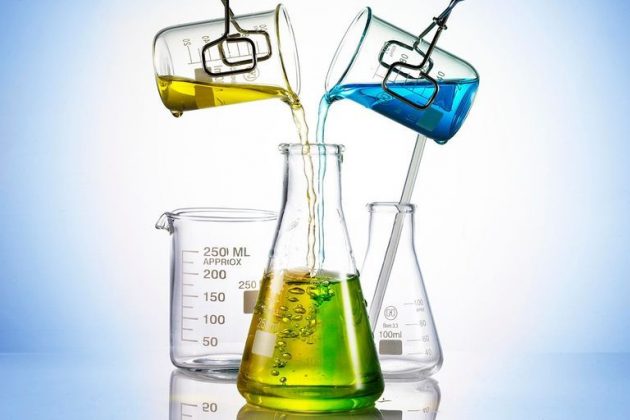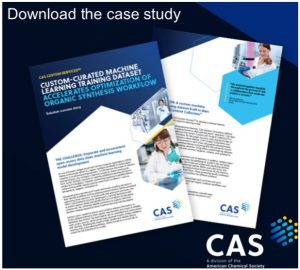This month our columnist examines the many advantages and applications of plastics and explains why its recycle is not easy. The recent Plastic Ban by Maharashtra Government lowers the esteem of the chemical industry and it has to fight back through improved product stewardship to promote responsible use of plastics. Genetically engineered bioplastics maybe a long-term sustainable solution.
I am writing this piece on GudiPadva day when the “Plastic Ban” announced by the Government of Maharashtra was supposed to take effect. The chief villain in this act is the ubiquitous plastic carry bag, a thing of great convenience and much utility. Polyethylene, out of which most carry bags are made, was accidentally synthesized by a German scientist in 1898. It took another 60 years before we could find suitable applications for this “plastic”. High-Density Polyethylene (HDPE), the mainstay of the plastic bags, was first produced only in 1953 and the first patent was awarded in 1965 for the “T-shirt plastic bag”, a design that essentially has remained the same till today. The first plastic grocery bag made its appearance in American supermarkets only in 1979. People were slow to switch from paper to plastic. The tipping point came when supermarkets started giving them away free, in hindsight perhaps a big mistake.
Most plastic products have a short useful life and are not recycled. Since plastics will take 400 years to degrade, the problem is poised to escalate exponentially. The prediction that by mid-century, the oceans will contain more plastic waste than fish, ton for ton, has become one of the most-quoted scary statistics to galvanize us into action.
Problem
This year we will use 5 trillion plastic bags. Less than 1% of them would be recycled. Mass production of plastics began in the 1950s and the output has doubled every 15 years. It is estimated that 8.3 billion tonnes of plastic have been produced so far, out of which 6.3 billion tonnes have already ended up as waste. These astonishing statistics tell a sad story about the lifecycle of plastic products. Most plastic products have a short useful life and are not recycled. Since plastics will take 400 years to degrade, the problem is poised to escalate exponentially. The prediction that by mid-century, the oceans will contain more plastic waste than fish, ton for ton, has become one of the most-quoted scary statistics to galvanize us into action.
Perception
While we have to grudgingly accept a ban on plastic carry bags, it is also time to ask ourselves some important questions: What would have happened had the plastic carry bag had not been invented? How would much paper, and consequently trees and acreage of forests have been sacrificed? Would it have accelerated global warming? The “Plastic Ban” equates “plastic” with the “plastic bag” and has unfortunate consequences for the chemical industry, which is already held in low esteem by the public. The chemical industry has invented and manufactured many high-performance plastics with exceptional properties. Plastics are the most intensively engineered materials today. Take for instance the automobile industry. The average use of plastics per car is expected to increase from 200 kg in 2014 to 350 in 2020. As the world moves to autonomous electric vehicles the share of plastics will further increase as automakers compete to bring down the weight and raise the fuel efficiency of vehicles. Polypropylene, Polyurethane, and PVC are the three major plastics used by the automobile industry.
Applications
The construction industry is another prolific user of plastics. It is actually the second largest consumer of plastics, next to packaging. Polycarbonate window panes, polystyrene and polyurethane insulation, vinyl roofing membranes etc are contributing significantly to energy efficiency. A study found that 120 trillion kCal of energy has been saved in the USA by the use of plastics over alternative construction materials. Plastic forms the backbone of LEED certified “Green” Buildings. The commodity plastics market is projected to grow at a CAGR of 6.7% during the period 2018-2025
Another little-appreciated fact is the extensive use of plastics in prosthetics and orthoses.
Recycling
Unlike metals, plastics are not easy to recycle. There are too many varieties of plastics used in too many products. The collection and segregation make recycling a logistical nightmare. Plastic packaging, often contaminated with food, are difficult to recycle. Also, use of recycled plastic for food packaging is fraught with danger of contamination. There isn’t sufficient incentive to recycle plastics. The relatively low cost of plastics is a great barrier for its recycle and reuse. Reprocessing and reuse of plastics are not easy because of low consumer acceptance. There is a marked difference in the quality of products made from recycled plastics vis-à-vis virgin material. Fibres spun from recycled and reprocessed PET bottles don’t find application in premium fabrics. Notwithstanding this, ragpickers eke out a precarious livelihood recycling plastic bottles and bags. Presently only 10% of plastics are getting recycled and reprocessed.
Plastic to Oil
The most widely proposed solution to deal with the unrecycled plastics is to convert them into fuel. It has gained considerable traction in the last few years. Many first-time entrepreneurs and start-up angels have passionately jumped into the fray, believing that they can save the planet and quickly make some bucks in the bargain. Different technologies are bandied around, as many as the number of plastics; but essentially, they all involve pyrolysis which breaks down the plastic molecules into pyrolysis oil, gas and Carbon Black. Pyrolysis happens at very high temperatures around 500 degrees C., but that has not stopped DIY kits from appearing on the internet. Plastics to Oil projects are plagued by economies of scale and unsteady availability of raw material.
Bioplastic
The first bioplastic, poly-3-hydroxybuturate (PHB), was discovered as early as 1925 by the French scientist Maurice Lemoigne. But his work remained unnoticed for several decades. Another popular bioplastic is Polylactide (PLA), which degrades within a year. PLA is biocompatible and can hence be used in biomedical applications, but outside of that, it has not found many applications. Bioplastics are currently languishing because of high production costs. Also, the present methods are based on feeding plastic-producing bacteria with sugar derived from crops. Scientists are now looking at genetic engineering to synthesize bioplastics more efficiently. It must be remembered that decomposition of biodegradable plastics produces methane, a major contributor to global warming. Waste management infrastructure has to provide for collecting this methane and using it as fuel.
Epilogue
The latest “Plastic Ban” is not a requiem for plastic. On the contrary, it is a clarion call for responsible use of this wonderful material that has enhanced the quality of our lives manifold. The chemical industry has to play a huge role in this through product stewardship. It also throws a challenge to invent and engineer a new generation of plastics that would not leave behind an ugly footprint.
Readers’ responses may be sent to k.sahasranaman@gmail.com or chemindigest@gmail.com

































